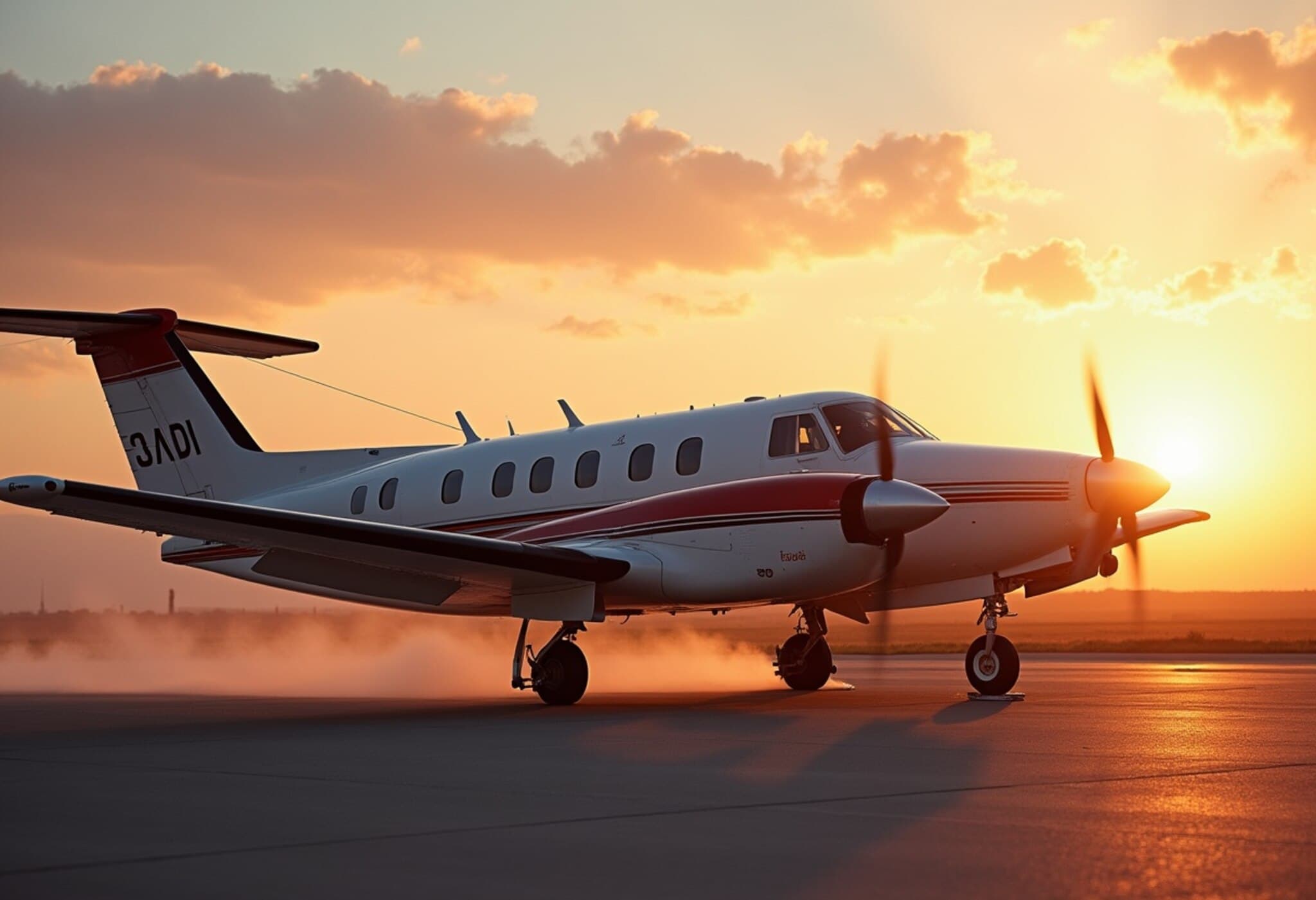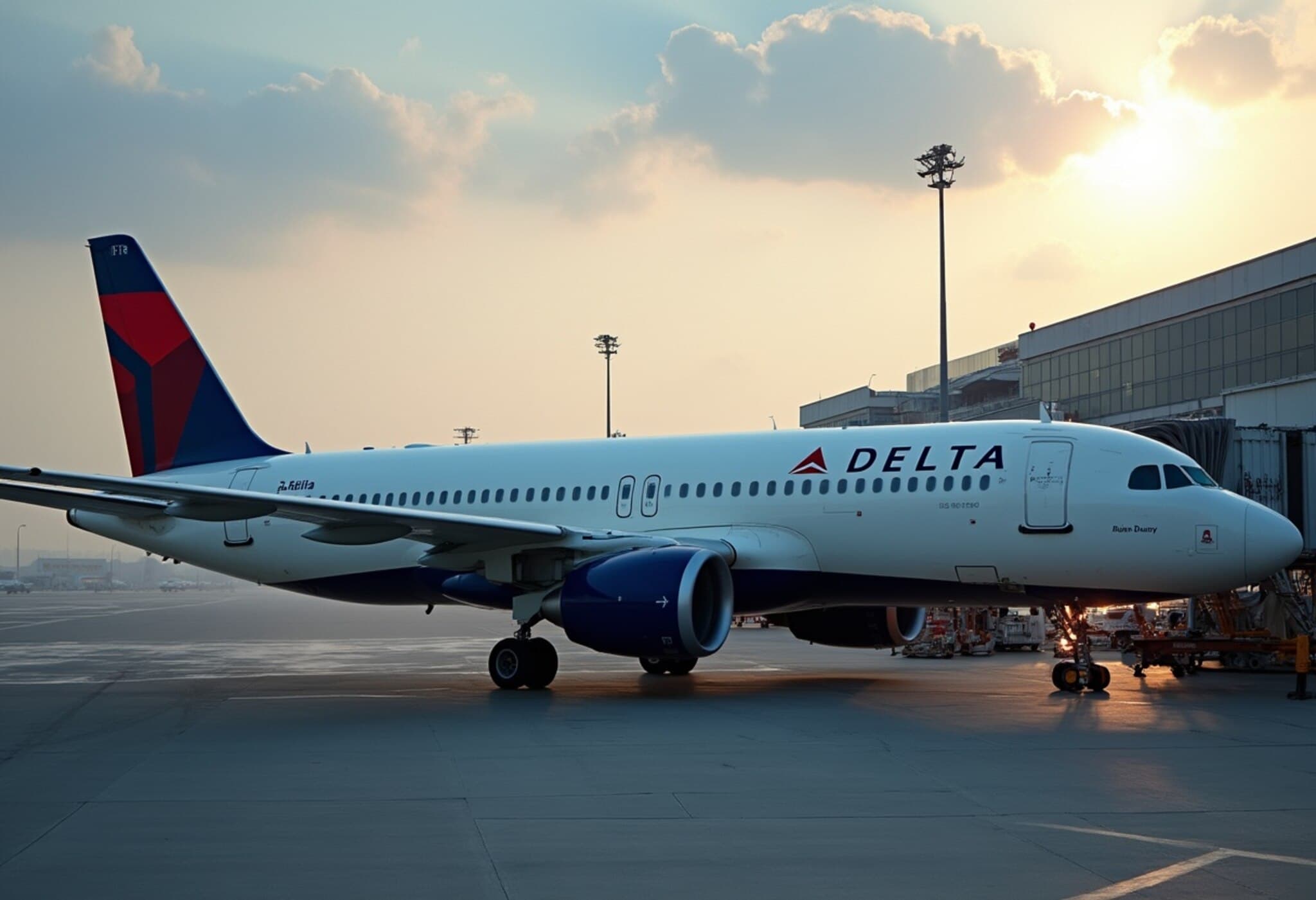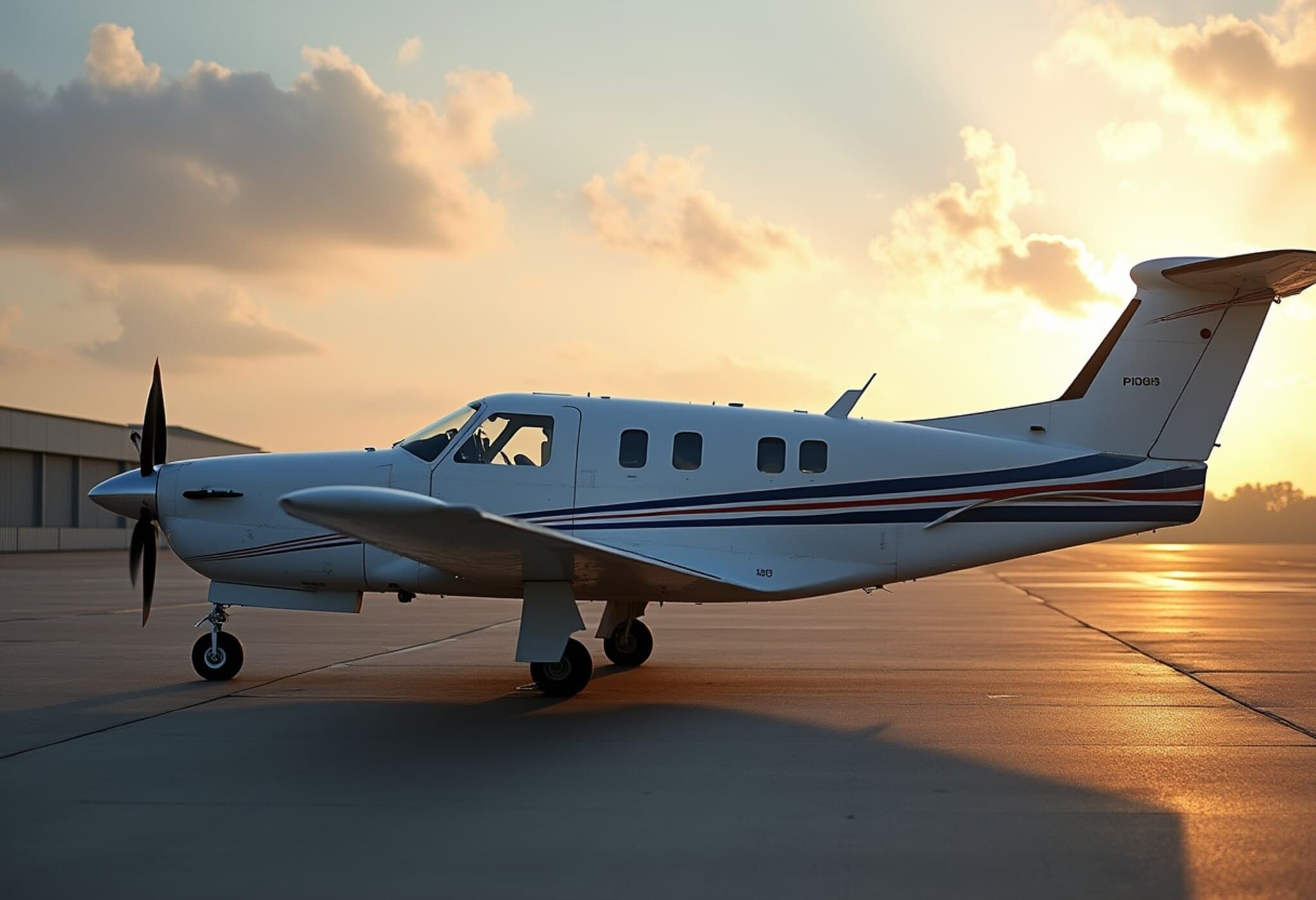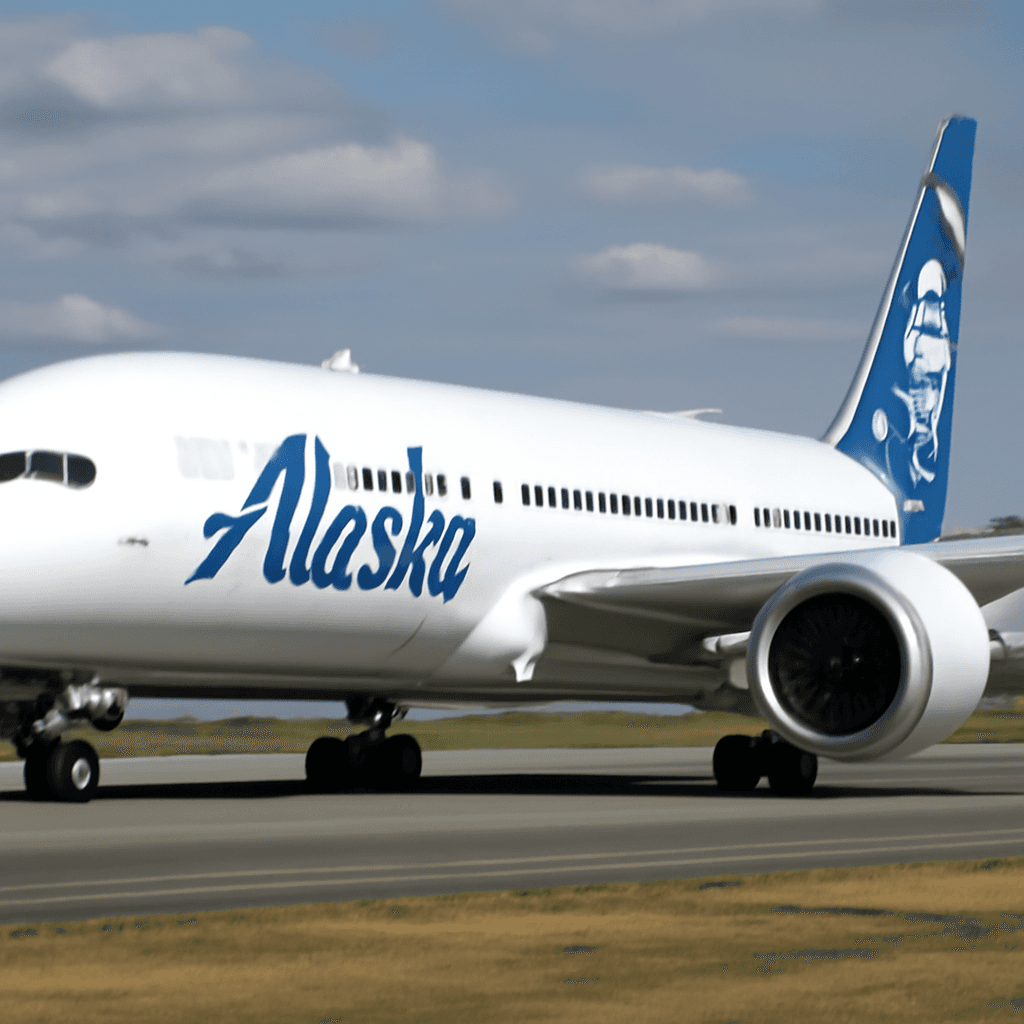Four Die in Medical Transport Plane Crash Near Chinle Airport on Navajo Nation
In a heartbreaking incident that has shaken the Navajo Nation, a medical transport plane crashed while attempting to land near Chinle Airport in northern Arizona, tragically killing all four people aboard. The aircraft was operated by CSI Aviation, a company based in Albuquerque, New Mexico.
The Accident Details
The Beechcraft 300 aircraft was carrying medical personnel en route to Chinle Hospital to pick up a patient when it went down in the early afternoon. According to the Federal Aviation Administration (FAA), the crash occurred during the landing approach. Officials have confirmed the plane caught fire upon impact.
District Police Commander Emmett Yazzie, speaking on the incident, stated, “They were trying to land there and unfortunately something went wrong.” He also noted that further details are pending as federal investigators continue to probe the circumstances surrounding the crash.
Investigation and Response
The exact cause of the crash remains unknown. Federal agencies, including the National Transportation Safety Board (NTSB) and the FAA, have launched a full investigation. This incident unfortunately adds to the list of recent aviation accidents involving medical transport flights, highlighting ongoing safety challenges in this critical sector.
Community Impact and Leadership Reaction
The loss weighs heavily on the Navajo Nation, where access to timely medical transport is vital due to geographic remoteness. In an emotional statement, Navajo Nation President Buu Nygren expressed profound sorrow: “These were people who dedicated their lives to saving others, and their loss is felt deeply across the Navajo Nation.” This tragedy underscores the risks faced by medical transport crews who serve frontline health needs in underserved regions.
Broader Context: Aviation Safety in Medical Transport
Medical transport planes play a crucial role in providing emergency healthcare, especially in rural and tribal areas where ground transport can be limited by distance and terrain. However, these flights often operate under tight schedules and challenging conditions, which can increase risks.
Earlier this year, a similar tragedy unfolded in Philadelphia when a medical transport plane crashed, killing eight. Investigators in that case found that the aircraft’s voice recorder was not functioning, complicating attempts to understand the crash cause. These incidents raise urgent questions about aviation safety standards, maintenance protocols, and regulatory oversight in medical transport operations nationwide.
Key Takeaways
- Location: Near Chinle Airport, Navajo Nation, northern Arizona
- Aircraft: Beechcraft 300 operated by CSI Aviation
- Victims: Four medical transport personnel
- Purpose: En route to pick up a patient from Chinle Hospital
- Investigators: FAA and NTSB involved in ongoing inquiry
Editor’s Note
This devastating crash reminds us of the vital yet perilous role of medical transport services in remote communities. As aviation authorities continue investigations, the incident calls for a broader dialogue on improving safety measures and infrastructure to protect those who dedicate their lives to saving others, especially in underserved and tribal regions like the Navajo Nation.
How can policy makers and industry stakeholders better balance operational urgency with safety? What investments are needed to modernize aviation technology and oversight in medical transport? These are critical questions that need urgent attention to prevent future tragedies.











